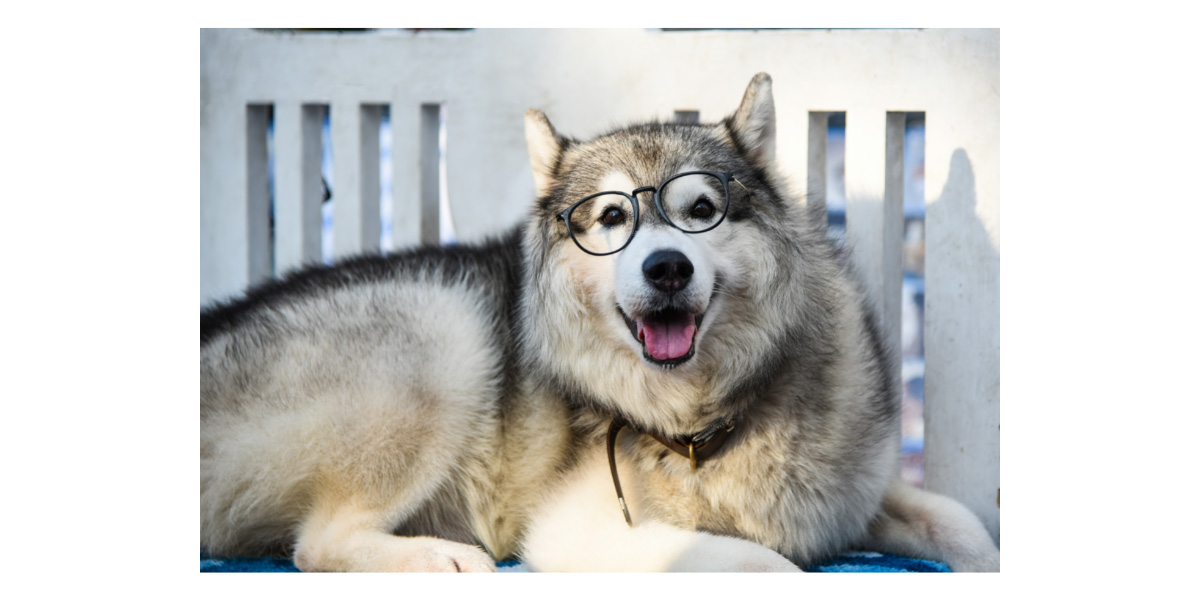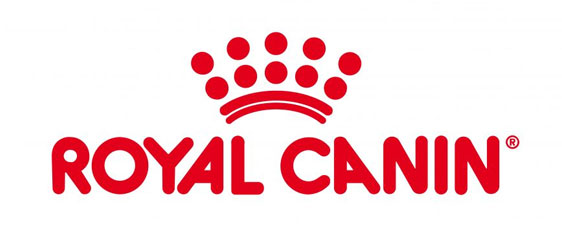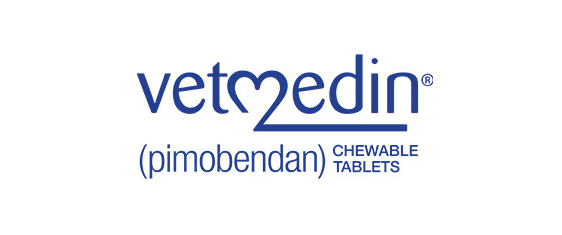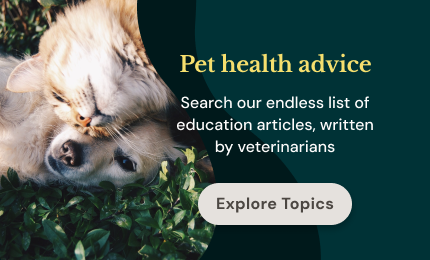Preventive Eye Care for Pets
Doctor of Veterinary Medicine

While efforts are made to answer all questions as quickly as possible, if an immediate answer is required or if your pet is in need of urgent or emergency care, contact your pet's veterinarian immediately.
Doctor of Veterinary Medicine

You will receive an answer from Dr. Lindsay and our vet/tech team as soon as possible, usually the same day.
All answers are provided for informational or educational purposes only, and are intended to be a supplement to, and not a substitute for, the expertise and professional judgment of your pet's veterinarian.
It may be necessary to consult your pet's veterinarian regarding the applicability of any opinions or recommendations with respect to your pet's symptoms or medical condition.
CloseDoctor of Veterinary Medicine

An error has occurred, please reload the page and try again.
CloseWhile efforts are made to answer all questions as quickly as possible, if an immediate answer is required or if your pet is in need of urgent or emergency care, contact your pet's veterinarian immediately.
There is no answer related to your question

Pet guardians should be proactive when it comes to caring for their pet's eyes, especially to prevent traumatic injuries and secondary infections. Periodically examining your pet's eyes at home is an important first step. Place your pet in a brightly lit room and look into his or her eyes. The area surrounding the eyeball, known as the sclera, should be clear and bright, and the eyes themselves should be shiny and clear. The pupils should be equal in size and there should be minimal tearing crust, and/or discharge from the corners of the eyes. The third eyelid should not be visible or covering the eye. Gently using your thumb, you can often roll down your pet's lower eyelids and look at the lining, which should be pink. If the lining is excessively red or pale, that is abnormal and a veterinary exam is recommended.
Care for your pet's sensitive eyes
Use a damp cotton ball and wipe outward from the corner of your pet's eyes to check for excessive crust or discharge. It is important not to touch the surface of the eyeball in order to prevent scratches or ulcers on the cornea. If your pet has excessive hair around the eyes, carefully trim this hair using blunt scissors. This will help prevent irritation and secondary infections. Eye irritation can also occur while bathing or applying topical flea products, so it is important to protect your pet's eyes during these activities.
Many products can help lubricate and soothe your pet's eyes when excessive tearing, discharge, or crust develops. Puralube Vet Ointment and LiquiTears are effective topical lubricants. Placing a drop of cod liver oil on the eyes a few times a day can lubricate and soothe inflamed or ulcerated eyes. Adding 1/4 to one teaspoon of cod liver oil to your pet's food may also help with overall eye health. If your pet's eye is scratched or irritated, mixing a dilute solution of euphrasia (Eyebright) from the health food store can also help. Place five drops in one cup of water and then add 1/4 teaspoon of sea salt to the water. After mixing well and storing at room temperature, apply one to two drops of the solution in your pet's affected eyes to stimulate healing and lubrication. If your pet is prone to thicker discharges from the eyes, mixing a solution of Goldenseal in a similar manner as the Eyebright also may soothe the eyes and promote healing.
Remove tear stains
Many smaller dog breeds such as Terriers, Malteses, Shih-Tzus, Poodles, and Cocker Spaniels often get clogged tear ducts. This can lead to accumulation of tear stains that run down the corners of the eyes. Keeping the eyes clean and periodically trimming the hair around the eyes may help with this cosmetic problem. This will also help prevent secondary bacterial infections from developing in the eyes. Products such as Angels' Eyes can often bring dramatic relief to pets with chronic, unsightly tear staining.
Feed your pet a proper diet
One of the most important ways to maintain good eye health in our pets is by feeding the best possible natural diet. The most common cause of chronic, crusty, runny, dull eyes and tear staining in pets is a poor quality, processed commercial diet. Chronic allergies may also manifest as red or runny eyes. This improves dramatically when a superior diet is fed. When your pet's body is overloaded with toxins of any kind, the body will often try to rid itself of these toxins through various discharges from the eyes, ears, skin, and digestive tract. Chronic eye maladies often disappear when a pet's diet has been changed to a proper, homemade, raw meat-based diet. If this is not possible, then feeding natural brand foods such as Pet Guard, Wysong, Nature's Variety, or Halo often dramatically improves the health and condition of a pet's eyes. Adding Omega 3 fatty acids to the diet may also help enhance your pet's eye health.
Consult your veterinarian
When any of the following symptoms are present, a full veterinary ophthalmologic exam is necessary: excessively red eyes, eyes held partially or completely closed, a change in discharge from clear to thick yellow and/or greenish (an infection or inflammation may be present, which may need prescription topical antibiotics and other medications), cloudiness or change in eye color, a visible third eyelid emanating from the corners of the eyes, unequal pupil sizes, swollen or protruding eyes, and eyes sunken back into the orbit. The major eye problems that may affect your pet's eyes include cataracts, corneal ulcers, injuries, inflammation (infection), and ingrown eyelids (entropion). Glaucoma and diseases of the retina that may potentially cause blindness are also seen, and best managed when diagnosed early by your veterinarian.
When driving with your pet in the car, keep your pet's head inside to avoid eye injury from debris, insects, or other foreign material.
 Swipe
Swipe


































